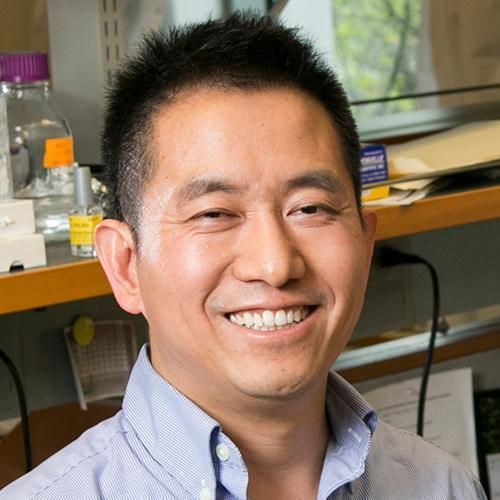
Biosynthetic transition metal chalcogenide semiconductor nanoparticles: Progress in synthesis, property control and applications
Transition metal (TM) chalcogenides are a group of semiconductor materials with applications that range from antibacterial particles to thin films in energy conversion devices. Significant progress in synthetic biology combined with the benefits of low energy consumption and low toxic waste burden of “green synthesis,” have directed considerable research attention to the biosynthesis of these inorganic materials. TM chalcogenide nanoparticles (NP) can be produced by a variety of microorganisms including bacteria, fungi, algae, and yeast, as well as cell-free approaches using enzymes. Recent research shows that the size, crystal structure, and bandgap of these TM NPs can be well controlled, which has led to prototypical applications of these biosynthetic NPs in the areas of bio-remediation, bio-imaging, photocatalysis, and energy conversion. This review is the first to combine recent progress in the biosynthesis, property control, and applications of TM chalcogenide NPs.
Duke Scholars
Published In
DOI
EISSN
ISSN
Publication Date
Volume
Start / End Page
Related Subject Headings
- Chemical Physics
- 3406 Physical chemistry
- 3403 Macromolecular and materials chemistry
- 3006 Food sciences
- 0306 Physical Chemistry (incl. Structural)
- 0303 Macromolecular and Materials Chemistry
- 0204 Condensed Matter Physics
Citation

Published In
DOI
EISSN
ISSN
Publication Date
Volume
Start / End Page
Related Subject Headings
- Chemical Physics
- 3406 Physical chemistry
- 3403 Macromolecular and materials chemistry
- 3006 Food sciences
- 0306 Physical Chemistry (incl. Structural)
- 0303 Macromolecular and Materials Chemistry
- 0204 Condensed Matter Physics


